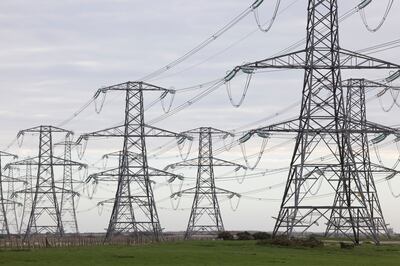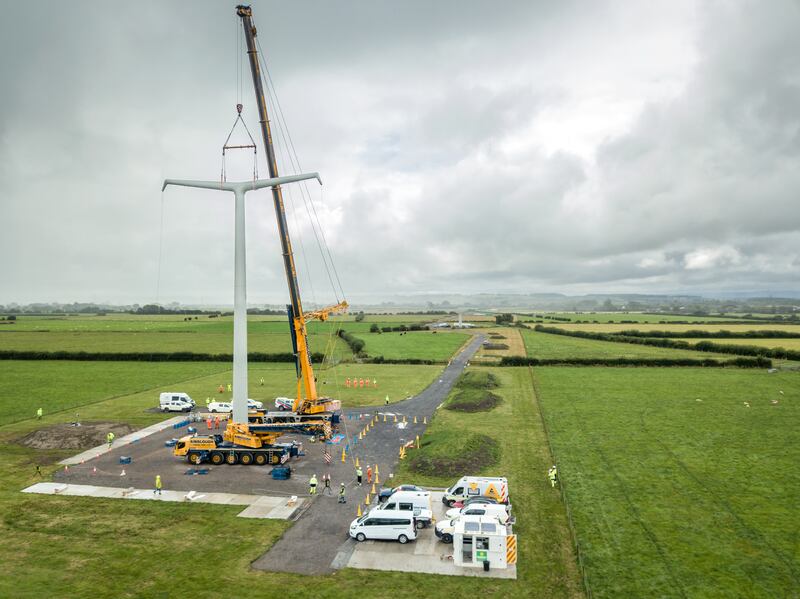Britain has constructed an innovative new T-pylon in the first design overhaul of the traditional pylon for nearly 100 years.
More than 100 electricity pylons will be installed along a 57-kilometre route, stretching from Hinckley nuclear power plant in Somerset to Avonmouth, near Bristol.
With a single pole and cross shaped arms, they are around a third shorter than a traditional high-voltage pylon, standing at 35 metres.
Construction of the first 48 T-pylons began earlier this month, with each taking roughly five days to complete.
The project also includes the removal of 249 electricity pylons between Bridgwater and Avonmouth.
The winning design was submitted by Danish firm Bystrup and was selected from over 250 competition entries in 2011.
The traditional lattice pylon design has been in use in the UK since 1928 and the first was erected at Bonnyfield, near Falkirk in Scotland.

Currently, there are around 22,000 pylons stretching over more than 7,700 kilometres in England and Wales.
However, their design is unpopular with many people who say they blight the view of the countryside.
It is hoped the ergonomic pylons will 'mitigate' the impact on the environment and help deliver 'low-carbon' electricity from Hinkley to more homes across the country.
Chris Bennett, from National Grid Electricity Transmission, said: “We are always looking for innovative new ways to mitigate the impact of our infrastructure on the natural environment and projects such as T pylons are a great example.
“This new design forms part of our significant investment in the network in England and Wales, adding capacity onto the grid to deliver increasing amounts of low carbon energy and support the UK’s drive towards its net zero target.”







